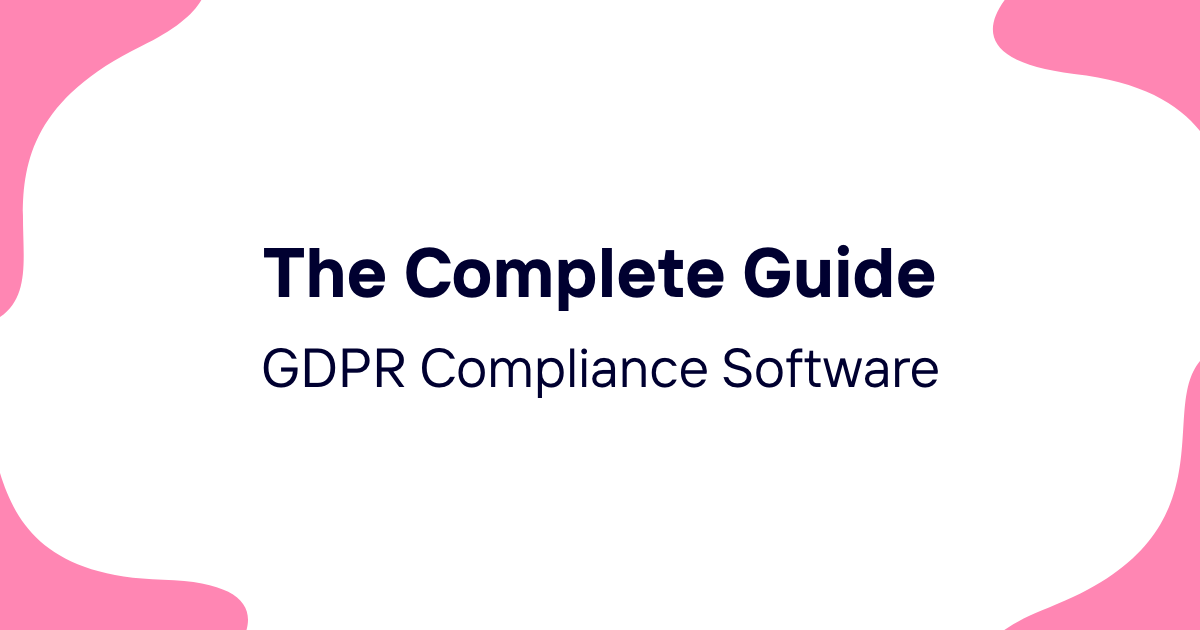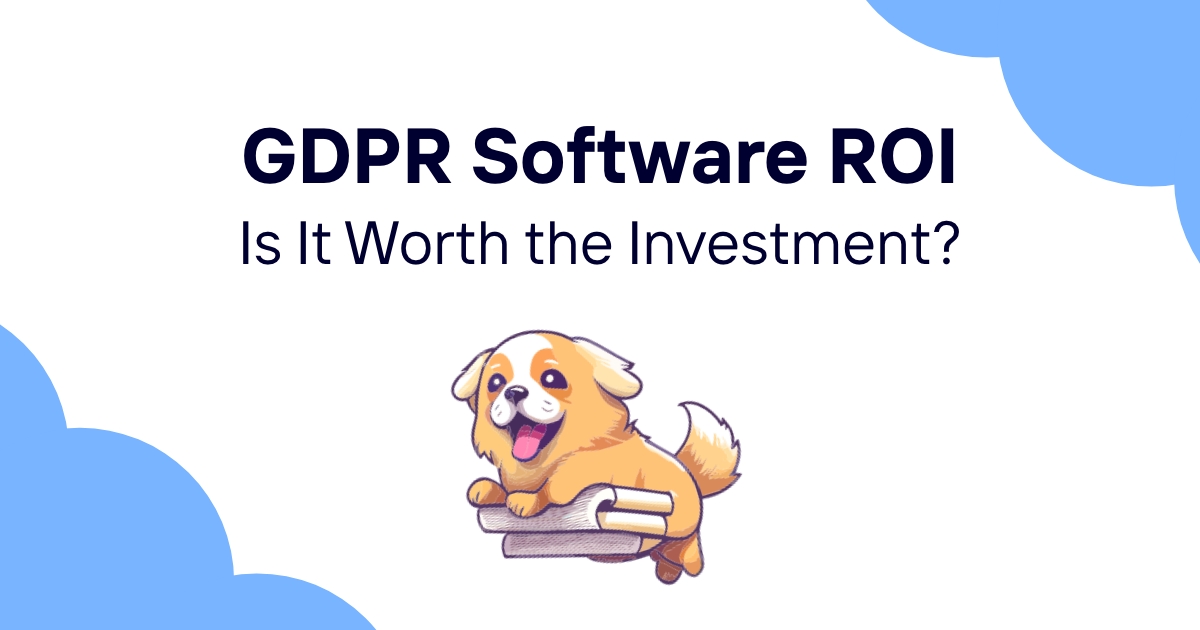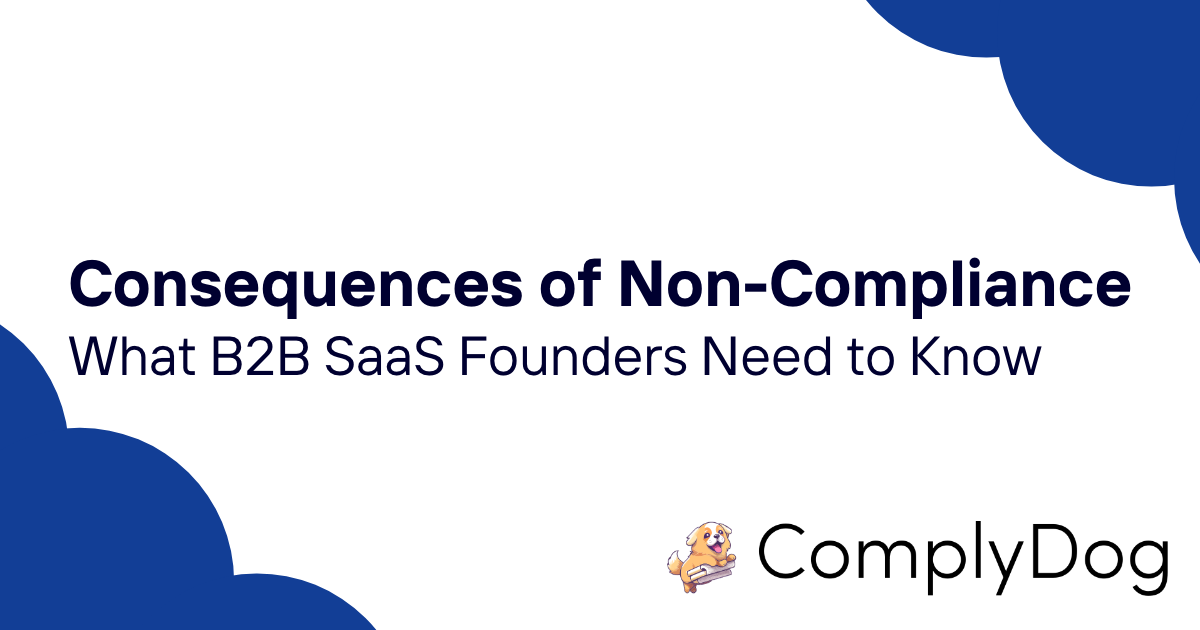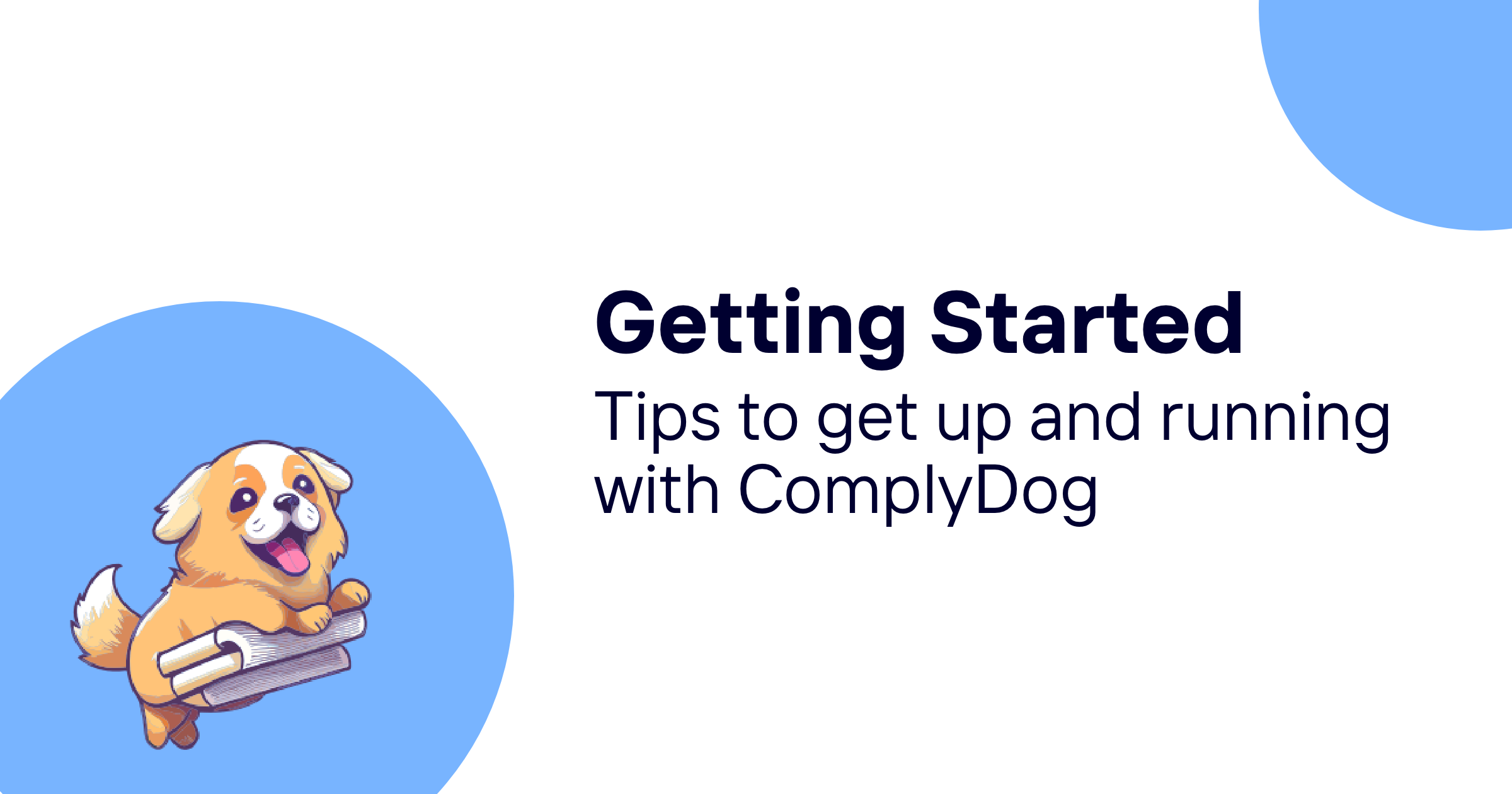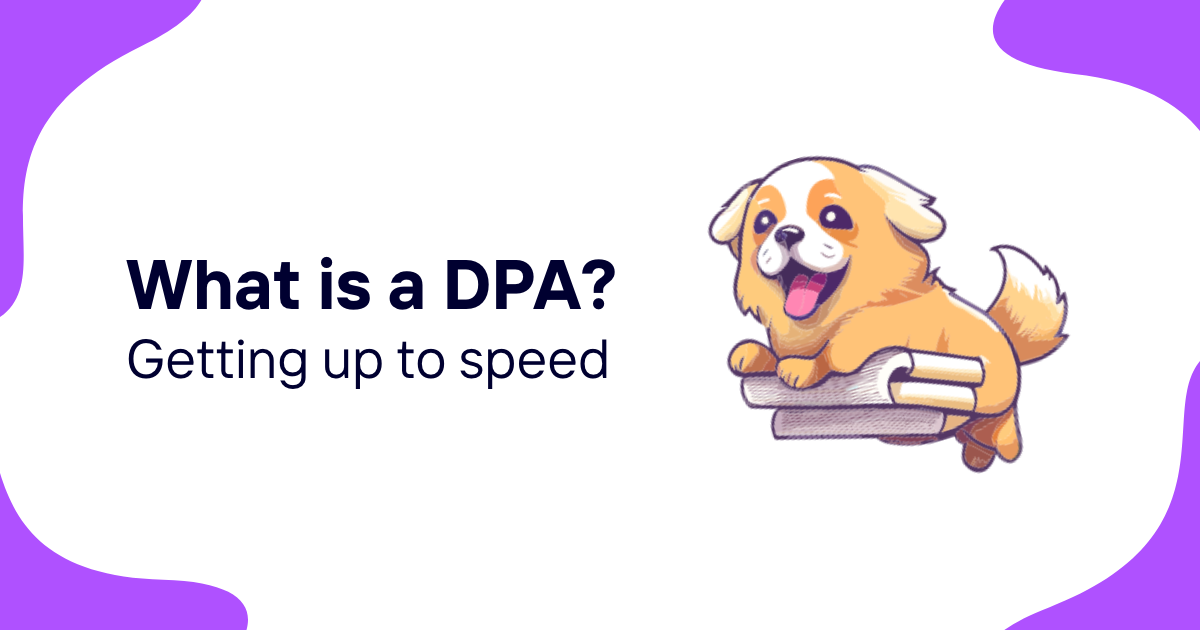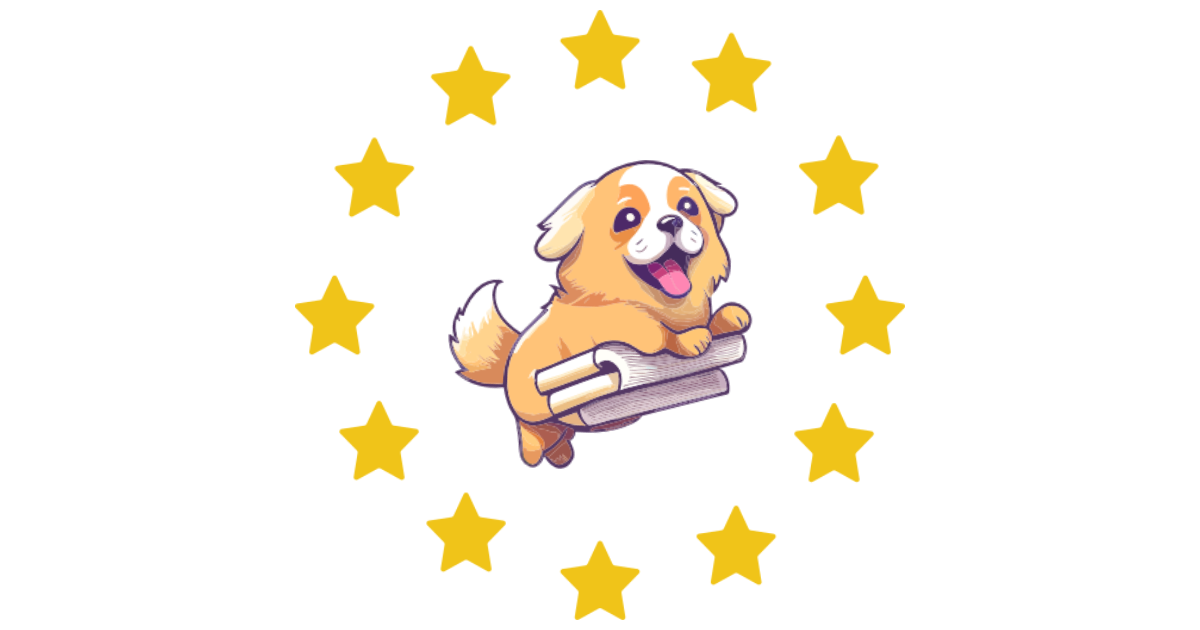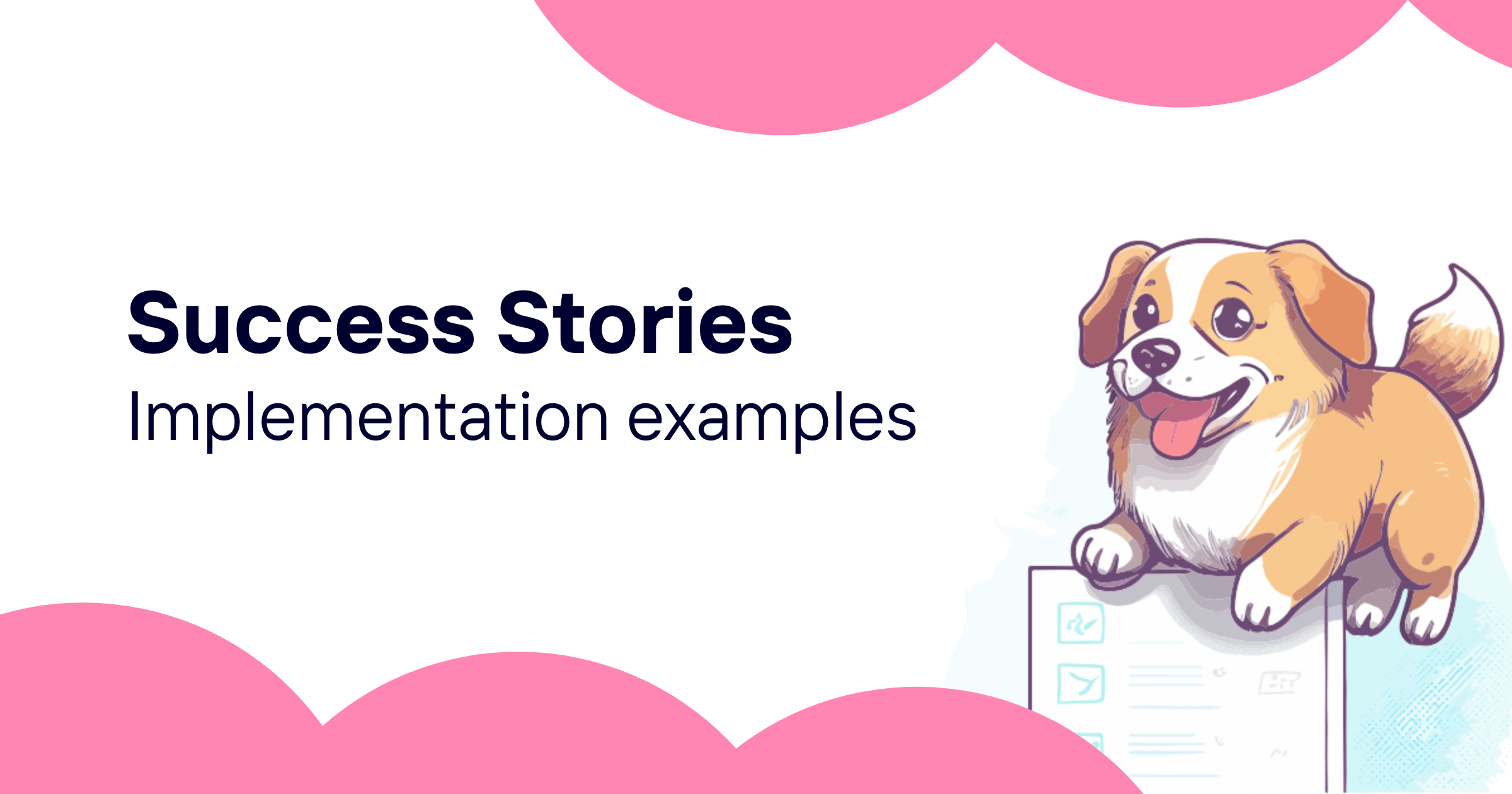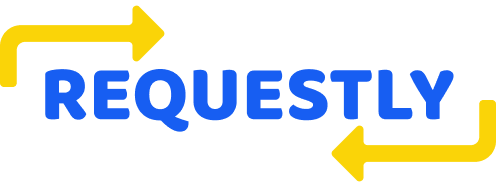Introduction to GDPR Software
The General Data Protection Regulation (GDPR) is a comprehensive data privacy law that governs how businesses handle the personal data of European Union (EU) citizens. Enacted in 2018, GDPR has significantly impacted how organizations process, store, and secure personal information. Non-compliance can result in hefty fines of up to €20 million or 4% of a company's global annual revenue - whichever is higher. To mitigate this substantial risk and ensure proper data governance, many businesses are turning to GDPR compliance software to streamline their privacy programs.
GDPR compliance software provides a comprehensive platform with robust capabilities to help organizations meet the requirements of the regulation. Key features commonly found in these solutions include:
- Consent management - Tools to properly obtain, record, and manage consent from individuals for processing their personal data in accordance with GDPR requirements. This includes mechanisms for consent withdrawal, renewal, and providing proof of consent.
- Data mapping and discovery - Capabilities to automatically scan systems, databases, and data stores to identify where personal data resides. This maps out all data flows and creates a centralized inventory of processing activities.
- Data protection and breach prevention - Security controls like encryption, access management, and activity monitoring to safeguard personal data and prevent breaches. Automated breach detection and notification workflows are also included.
- Audit trails and record keeping - Detailed audit logs capturing all data processing activities to demonstrate GDPR compliance during audits and inspections. Maintains records of processing purposes, data sharing, retention schedules, etc.
- Compliance reporting and risk assessments - Provides visibility into an organization's overall compliance posture through customizable dashboards and reports for executives and data protection officers. Identifies areas of risk and highlights issues.
- Data subject rights management - Streamlined processes to intake requests from individuals related to data access, portability, rectification, and erasure ("right to be forgotten"). Automated workflows fulfill these requests in a timely manner.
By providing these essential data governance and privacy management capabilities, GDPR compliance software delivers several key benefits to organizations:
- Mitigate regulatory risks - Avoid costly penalties of up to €20 million or 4% of global revenue by demonstrating compliance with GDPR requirements.
- Strengthen data governance - Gain centralized visibility and control over all personal data processing activities through auditing, monitoring, and enforcement of data handling policies.
- Build customer trust - Demonstrate a commitment to data privacy and security, which can increase customer confidence and brand reputation.
- Improve operational efficiency - Streamline processes like consent management and data subject request fulfillment through automation, saving time and resources.
| Benefit | Description |
|---|---|
| Avoid fines and penalties | Reduces risk of heavy EU fines and penalties |
| Improved data governance | Centralized control and auditing of personal data flows |
| Increased customer trust | Following data privacy laws reassures customers |
GDPR compliance software acts as a central system of record for all personal data processing activities. It embeds privacy and security controls directly into an organization's data governance framework. For any business that handles personal data of EU individuals, having a robust GDPR solution is essential for avoiding the severe financial and reputational consequences of non-compliance. The following sections will explore key software capabilities in more depth, along with implementation considerations, costs, and future innovation areas.
Comprehensive Capabilities of GDPR Compliance Software
GDPR solutions provide a comprehensive set of tools and capabilities to help organizations comply with GDPR requirements.
Consent Management
- Collects and records consent from customers to process their personal data
- Provides consent receipt, renewal and withdrawal mechanisms
- Can integrate with websites and apps to display consent banners
- Maintains audit trails of consent evidence for demonstrating compliance
Data Mapping and Discovery
- Automatically discovers and catalogs personal data across an organization's entire IT infrastructure, including databases, data warehouses, cloud storage, and more.
- Maps out all data flows, integrations, and third-party data sharing to provide full visibility into where personal data resides and how it moves.
- Builds a comprehensive data inventory that details data types, processing purposes, storage locations, and any high-risk data that requires remediation.
- Continuously monitors for new instances of personal data through scheduled scans to maintain an up-to-date inventory over time.
- Applies data classification and governance policies to ensure proper handling based on data type and risk level.
Data Protection and Breach Management
- Enforces security controls like encryption, access management, and data masking/anonymization to safeguard personal data.
- Continuously monitors all data processing activities and user behavior to identify anomalies that could indicate a breach.
- Provides automated breach detection through machine learning that analyzes event patterns and triggers alerts.
- Guides organizations through their documented breach notification and response procedures in the event of an incident.
- Maintains audit trails and evidence records to demonstrate compliance with breach notification requirements under GDPR.
Data Subject Rights Management
- Provides self-service portals for individuals to submit requests related to their personal data rights under GDPR, such as the Right to Access, Right to Rectification, Right to Restriction, Right to Object, and Right to Erasure.
- Automates workflows for validating requestor identities, retrieving relevant personal data from source systems, and fulfilling requests in a timely manner per GDPR requirements.
- Maintains audit trails and records of all data subject requests received, how they were processed, and any communications or data provided back to the individual.
- Offers dashboards and reporting for data protection officers to track request volumes, status, and ensure SLAs are met across all requests types.
- Integrates with databases, data warehouses, CRMs and other systems to comprehensively locate and handle personal data for requests.
Compliance Reporting, Risk Assessments and Analytics
- Provides customizable dashboards and reports tailored for data protection officers, executives, auditors and other stakeholders.
- Delivers visibility into an organization's overall compliance posture through metrics and KPIs related to consent, data inventories, subject rights, employee training, and more.
- Conducts automated risk assessments to identify areas of non-compliance and high-risk data processing activities that require remediation.
- Generates data maps and visualizations to explore data lineages, integrations with third parties, and surface hidden risk areas.
- Supports ad-hoc queries and reporting for audits, investigations, and evidence gathering related to specific data processing activities.
| Feature | Capabilities |
|---|---|
| Consent Management | Consent collection, renewal and withdrawal |
| Data Mapping and Discovery | Scan systems, map data flows, build inventory |
| Breach Prevention and Notification | Security controls, anomaly detection, alerting |
| Data Subject Rights Management | RTA and RTBF request fulfillment |
| Reporting and Analytics | Risk analysis, KPI tracking, data visualizations |
Beyond these core capabilities, comprehensive GDPR compliance platforms often include additional functionality such as:
- Policy management tools to define, communicate, and enforce data governance policies across the organization.
- Automated record keeping of all data processing activities, data sharing with third parties, employee trainings, and other compliance artifacts.
- Data protection impact assessment (DPIA) workflows to identify and mitigate risks of new data processing activities before launch.
- Data retention and minimization controls to automatically delete or anonymize personal data in accordance with retention schedules.
- Privacy by design assessments to evaluate new products, services and systems for GDPR compliance from the initial design phase.
When evaluating GDPR software solutions, organizations should prioritize proven capabilities for consent management, data mapping, breach response, and data subject rights fulfillment. Solutions should also demonstrate scalability to handle increasing data volumes and compliance demands over time. With the right platform, businesses can cost-effectively meet all GDPR mandates while unlocking valuable data governance and risk mitigation insights.
Key Business Benefits of GDPR Compliance Software
While avoiding costly GDPR fines and penalties is a primary driver, implementing a robust GDPR compliance software solution delivers several additional key benefits for organizations:Implementing a GDPR compliance solution provides organizations several advantages beyond just avoiding regulatory penalties.
Comprehensive Risk Mitigation
- Avoids substantial regulatory penalties of up to €20 million or 4% of global annual revenue for GDPR violations.
- Reduces the likelihood of data breaches through robust security controls, monitoring, and automated threat detection.
- Mitigates the reputational damage and loss of customer trust that can result from a data privacy incident.
- Lowers the organization's exposure to privacy litigation, enforcement actions, and other liabilities related to non-compliance.
- Provides evidence of a comprehensive compliance program to data protection authorities during audits and investigations.
The financial impacts of GDPR non-compliance go far beyond just regulatory fines. Data breaches can severely tarnish brand reputation and customer loyalty. GDPR software mitigates these wide-ranging risks through its security capabilities and documentation of a robust data governance program.
Strengthened Enterprise Data Governance
- Establishes a centralized system of record for all personal data processing activities across the organization.
- Provides full visibility into data lineages, integrations, and flows between internal systems and external third parties.
- Enforces data handling policies through automated data retention, minimization, and secure disposal procedures.
- Enables continuous monitoring and auditing of how personal data is accessed, used, and modified over its lifecycle.
- Facilitates cross-functional collaboration between legal, IT, security, and business teams on data governance initiatives.
GDPR compliance software acts as the cornerstone of an organization's data governance strategy. It provides the processes and controls to responsibly manage personal data in alignment with regulatory requirements and ethical data practices.
Strengthened Brand Reputation and Customer Loyalty
- Demonstrates a genuine commitment to data privacy and ethical data practices, building trust with customers and partners.
- Increases customer engagement and loyalty by respecting data privacy rights through transparency and user-friendly preference management.
- Enables the development of privacy-centric products, services and business models that differentiate the brand.
- Provides a competitive advantage over businesses that lack robust data governance and GDPR compliance programs.
- Reduces brand and reputational risks associated with potential data privacy incidents or regulatory actions.
Forward-thinking organizations view GDPR not just as a compliance obligation, but as an opportunity to strengthen data governance, build brand loyalty, and gain a competitive edge. By strategically investing in robust GDPR compliance software, businesses can transform regulatory requirements into operational improvements and differentiating capabilities. With the right solution in place, organizations can cost-effectively meet all GDPR mandates while realizing benefits that extend far beyond simply avoiding fines and penalties.
| Benefit | Description |
|---|---|
| Risk Reduction | Lower compliance fines, breach risks and lawsuits |
| Improved Data Governance | Enhanced control and oversight over personal data |
| Increased Trust and Engagement | Build reputation and gain competitive advantage |
Rather than seeing GDPR as a burden, smart organizations leverage compliance software to reduce risk, strengthen data governance, and gain the trust of customers. They turn regulatory requirements into an opportunity to improve operations. With the right GDPR tools, your business can also realize benefits beyond just avoiding penalties.
Core GDPR Software Capabilities and Solutions
To comprehensively address the wide-ranging requirements of the GDPR, compliance software platforms provide a robust set of integrated capabilities and solutions. Key areas covered include:
Comprehensive Data Discovery and Mapping
- Automatically discovers and catalogs all instances of personal data across the organization's systems, databases, data warehouses, cloud storage, and other repositories.
- Builds visual data maps that illustrate how personal data flows between source systems, business units, third parties, and geographic regions.
- Applies data classification and tagging to create a searchable, indexed inventory that can be filtered by data type, processing purpose, and risk level.
- Identifies high-risk data categories like financial information, health records, and other sensitive personal data that require enhanced protection under GDPR.
- Continuously monitors for new instances of personal data through scheduled scans to maintain an accurate, up-to-date inventory over time.
Data mapping and discovery is essential for understanding personal data flows and ensuring compliance across all systems.
Compliance Assessments, Audits and Monitoring
- Provides pre-built questionnaires and assessment templates to evaluate an organization's current GDPR compliance maturity level.
- Automates evidence collection across systems, capturing screenshots, configuration settings, and other artifacts required for audits.
- Continuously monitors technical controls, security safeguards, and operational processes to identify gaps and areas of non-compliance.
- Delivers customizable dashboards and reports providing visibility into compliance posture for data protection officers and auditors.
- Supports readiness assessments for new GDPR requirements or data protection authority audits through on-demand health checks.
Continuous assessments allow organizations to proactively improve compliance controls before an incident occurs.
Consent and Preference Management
- Tools to obtain, track and record customer consent
- Alerts to renew or refresh consent periodically
- Customizable consent receipts and preference centers
- APIs to retrieve and check consent status from other systems
Centralized consent management ensures customer preferences are respected across channels.
Data Subject Request Fulfillment
- Intake mechanisms for right to access and right to erasure requests
- Identity verification procedures to authenticate data subjects
- Automated workflows to retrieve and deliver or delete data
- Audit trails demonstrating completion of requests
Efficient request management reduces fulfillment times and cost.
| Solution | Capabilities |
|---|---|
| Data Discovery and Mapping | Scan systems, visualize flows, inventory data |
| Assessments and Audits | Compliance evaluations, control monitoring |
| Consent and Preference Management | Consent tools, preference centers |
| Data Subject Request Fulfillment | Intake, identity verification, workflows |
With end-to-end capabilities, GDPR software enables organizations to operationalize key aspects of compliance across security, privacy, records management and IT teams. When evaluating options, ensure the platform can flexibly support your compliance use cases now and in the future.
Choosing the Right Software
With many GDPR solutions to choose from, here are key considerations when selecting a platform:
Deployment Options
- Cloud-based software - Hosted on vendor infrastructure, easier to deploy and scale
- On-premise solutions - Installed locally, provides more customization control
Evaluate your IT infrastructure strategy to determine if cloud or on-premise works better. Cloud offers faster deployment and lower maintenance needs.
Vendor Profile
- Market leadership with lengthy GDPR expertise
- Strong customer support and training resources
- Commitment to continued product innovation
Choose an established vendor with a solid reputation in the data privacy and compliance space.
Customizability
- Configurable workflows to match existing processes
- Ability to customize fields, forms, reports and dashboards
- APIs and integrations with surrounding data systems
- Options for branding consent interfaces and emails
See if the software can be tailored to your unique needs and environment. Lack of customization can hinder adoption.
Scalability
- Ability to handle increased data volumes as organization expands
- Support for large numbers of consent records or access requests
- Options to scale up infrastructure resources when needed
Scalable solutions ensure compliance needs can be met well into the future.
| Consideration | Description |
|---|---|
| Deployment Options | Cloud vs on-premise |
| Vendor Profile | Market leadership, support, innovation |
| Customizability | Configurable workflows, branding, APIs |
| Scalability | Data volumes, concurrent requests |
Take time to thoroughly evaluate solutions against your requirements. Weigh strengths and weaknesses of different approaches. Protocol testing, demos, trials and customer references can provide valuable insights before committing. Investing in the right GDPR software pays dividends over the long term.
Implementing GDPR Software
Once a GDPR solution is selected, careful planning and execution is required for a successful rollout. Here are best practices to follow:
Integrate with Existing Systems
- Inventory critical systems that process personal data
- Analyze APIs and data formats to map integration needs
- Prioritize high risk systems like CRM, marketing platforms
- Utilize connectors and APIs for real-time synchronization
Integrations allow GDPR tools to scan, monitor and extract data from source systems. Lack of integration creates compliance blindspots.
Train Employees on New Processes
- Document new data governance procedures tied to software
- Create customized training materials and quick-start guides
- Set up webinars and in-person sessions to demonstrate workflows
- Maintain ongoing training as changes are introduced
User adoption requires education on how day-to-day job functions are impacted.
Monitor and Maintain Compliance
- Establish schedules for consent renewal and data retention review
- Configure software alerts and notifications for key events
- Perform periodic audits to validate controls are functioning
- Continuously refine configurations and policies
Compliance must be maintained long after initial deployment. Embed internal oversight procedures.
| Activity | Description |
|---|---|
| Integrate Systems | Connect to data sources via APIs and connectors |
| Train Employees | Educate users on new processes via training materials |
| Monitor and Maintain | Scheduled consent, retention and audits |
Dedicate sufficient resources for deployment activities beyond just installation. Allow time for integrations, testing, training, and change management across affected teams. Establish a feedback loop for improving configurations. With upfront planning and investment, organizations can maximize the value realized from GDPR software.
Cost Considerations
Deploying GDPR software represents a significant investment. Here are factors to consider when estimating overall costs:
Software Licensing
- One-time fees or annual subscription model
- Based on number of records, data volume, features needed
- Discount tiers for larger deployments
- Additional fees for maintenance and support
Licensing is the primary cost component. Compare subscription vs perpetual license models.
Implementation and Integration
- Professional services for installation, configuration and testing
- Data integration with surrounding systems
- Customizations to match processes and branding
- Change management and employee training
Implementation activities incur services costs above base software fees.
Ongoing Compliance Management
- IT overhead for maintenance like upgrades, patches, backups
- Operational expenses for privacy office staffing
- Periodic auditing and testing costs
- Vendor fees for continued support and maintenance
Budget for long-term personnel, vendor support and auditing needs.
| Cost Type | Description |
|---|---|
| Software Licensing | One-time or subscription fees |
| Implementation and Integration | Deployment services costs |
| Ongoing Compliance Management | IT, staffing, auditing expenses |
Anticipate both short term implementation costs and long term compliance operating costs. Develop models for multi-year cost projections. The investment can be significant, but pales in comparison to potential fines and reputational damage from non-compliance. For many organizations, GDPR software delivers compelling ROI.
Case Studies and Examples
GDPR software provides organizations in every industry the tools to operationalize compliance. Here are a few examples of success stories:
Healthcare Company
- Implemented a consent management platform and privacy portal
- Integrated with EHR and CRM systems to track patient consent
- Automates validation of consent status for research data requests
- Patients can easily view and modify consent preferences
Consent tools empowered patients while accelerating research review workflows.
E-Commerce Business
- Deployed cloud-based GDPR software suite
- Mapped databases and analyzed data flows with online storefront
- Inventory of customer data used for marketing and personalization
- Right to be Forgotten requests automated across systems
The business gained transparency into customer data usage across business units.
University
- On-premise solution with customized branding and workflows
- Students can download their personal information via self-service
- Automation of Right to Access requests improved fulfillment rate
- Visibility into third-party data sharing relationships
Centralized request portal and data inventory streamlined compliance.
| Organization | Solution | Benefits |
|---|---|---|
| Healthcare Company | Consent platform | Patient control, accelerated research |
| E-Commerce Business | Cloud software suite | Data visibility and deletion automation |
| University | On-premise software | Data access, third-party visibility |
These examples demonstrate the range of GDPR software use cases and value across verticals. Read provider case studies to find relevant examples for your industry and use case.
The Future of GDPR Software
GDPR software will continue evolving to meet the changing privacy and compliance landscape. Here are some likely innovation areas:
AI and Automation
- Automated data discovery using AI-based scanning
- Intelligent workflows powered by process automation
- Predictive risk analysis for proactive threat detection
- Chatbots for handling data subject inquiries
AI and automation will enhance efficiency and accuracy of compliance tasks.
Blockchain for Consent and Data Protection
- Consent and preference data secured on distributed ledger
- Immutable event logs of data transactions and access
- Smart contracts enabling data ownership and control
- Tamper-proof records ideal for auditing
Blockchain has intriguing applications for consent and data provenance tracking.
Alignment with Emerging Regulations
- Configurable workflows to support regional laws
- New policy and assessment templates
- Expanded data residency and localization options
- Integrations with evolving data frameworks
Solutions will adapt as privacy regulations proliferate worldwide.
Cloud Delivery and SaaS Model
- Multi-tenant SaaS lowers access barriers for organizations
- Evergreen platform updates independent of customer upgrades
- Scalable infrastructure and storage built-in
- Shared aggregate analytics across customers
Expect increasing SaaS delivery of GDPR capabilities.
| Innovation | Description |
|---|---|
| AI and Automation | Intelligent workflows, predictive analytics |
| Blockchain | Consent ledger, immutable logs, smart contracts |
| Emerging Regulations | Regional law support, new policy templates |
| Cloud Delivery | SaaS model, scalability, aggregation |
GDPR software will leverage emerging technologies to help organizations use data responsibly while respecting individual privacy rights.
Conclusion
GDPR software provides an essential set of capabilities for managing compliance with data protection regulations like GDPR. Key takeaways include:
- Solutions enable organizations to avoid heavy fines and penalties through features like data mapping, assessments, and breach detection.
- Platforms centralize personal data flows across systems for improved data governance and control.
- Automating workflows for data subject rights reduces fulfillment costs and builds trust.
- Deploying GDPR software necessitates integration with existing IT systems along with business process changes. Allocate sufficient resources.
- Continuous evaluations and audits are required to maintain compliance after initial rollout.
- Consider both short term implementation costs and long term compliance operating expenses in TCO.
| Key Takeaway | Description |
|---|---|
| Avoid Fines | Data mapping, assessments and monitoring prevent violations |
| Improved Governance | Centralized data inventory provides control |
| Trust and Efficiency | Automating data subject rights workflows |
| Integration and Change | Connect to systems and transform processes |
| Ongoing Maintenance | Regular audits and evaluations needed |
| Budgeting | Factor in multi-year licensing, IT, staffing costs |
GDPR compliance software enables organizations to embed privacy by design and helps them abide by the seven principles of GDPR. With the accelerating pace of technological innovation, expect providers to continuously enhance solutions with new techniques like blockchain and AI to further automate and simplify regulatory compliance. Organizations that leverage these advances will gain a competitive advantage in customer trust and operational efficiency.
For B2B SaaS companies, ComplyDog provides a simple, swift way to become GDPR compliant. With features like subject request management and DPA automation, ComplyDog enables SaaS businesses to manage customer data responsibly while avoiding disruption to operations. We offer a 14-day free trial with no credit card required. Try it out today.
